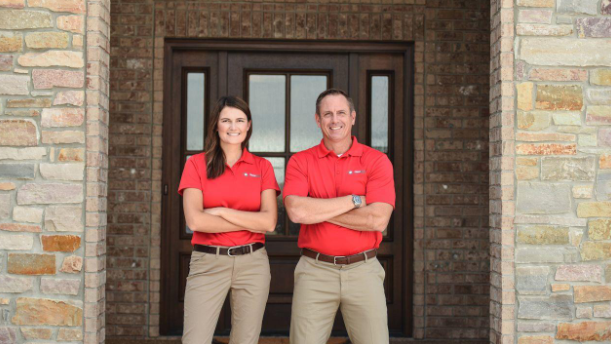About 70% Of Homes Have Mold; Get Educated To Protect Yourself and Your Family

Nearly three-quarters of homes have mold present in them. Though it may not be
visible, mold growth can be incredibly dangerous to residents and should not be swept
aside.
“People are becoming more aware of the prevalence of mold, and there has never been
a better time to read up on mold safety tips that you can apply to your own home,”
said Adam Long, president of HomeTeam Inspection Service. “As awareness increases
among the general public, I’m excited to see homeowners take the health of themselves
and their families into their own hands and become more educated about the facts and
risks of mold.”
Why Is Mold Dangerous?
Many times, mold can be seen and/or smelled, but this is not always the case. If mold is
growing in a hidden spot, the spores can become airborne and begin to cause problems
without anyone directly noticing.
Generally speaking, mold can lead to symptoms like a stuffy nose, itchy eyes, lethargy,
memory loss or breathing troubles, though individuals who are already at risk may have
more severe responses. Severe reactions can occur among people with asthma or other
preexisting respiratory disorders, manifesting with fever and trouble breathing.
How and Where Does Mold Grow?
Mold can enter the home from the outdoors and find a suitable growth location in dark,
humid conditions. In homes, preventing mold quite often comes down to decreasing the
availability of favorable growth environments.
By keeping humidity levels low, ensuring proper ventilation in commonly damp or humid
spaces and cleaning up after leaks and floods, you can greatly decrease the likelihood
of mold growing in the home. Some of the most common ways to go about these steps
include running an air conditioner or dehumidifier, avoiding carpet in commonly damp
areas like bathrooms and basements and being diligent about repairing a leaky roof or
pipe should it occur.
What To Look For
There are a few telltale signs of mold in a home. If you begin to notice things like a
musty, rotten smell, spots on clothing, an unexpected or seemingly unexplained cough
or cold that won’t go away, allergy flares, or warped or bubbling walls, paint or
wallpaper, you may have a mold issue.
If you do begin to suspect that there is mold in your home, you should not search for the
source or try to remedy the issue alone.
How a Home Inspection Helps
A thorough inspection and mold test is the best way to determine whether you have a
mold issue. Because the spores can be found in various places and are not always
visible, it is better to call in a professional to ensure the evaluation is accurate.
Further, if mold is located, contacting a professional who can take the proper removal
steps is important, as coming into contact with mold as you try to remove it on your
own can be incredibly dangerous for your health.
With a home inspection that includes a mold test, a professional can complete an
inspection, locate and send the mold sample to an EPA-certified lab and provide a
report that will assist with remediation.



